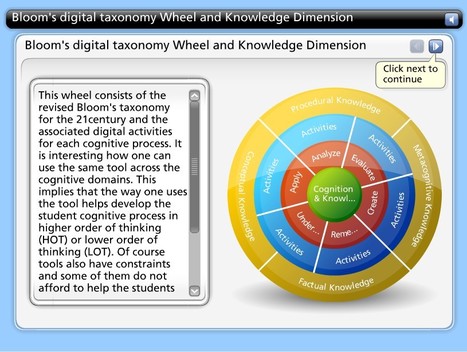
Very impressive digital animation, a must see...
Here the link: http://eductechalogy.org/swfapp/blooms/wheel/engage.swf
Via Gust MEES
Get Started for FREE
Sign up with Facebook Sign up with X
I don't have a Facebook or a X account
 Your new post is loading... Your new post is loading...
 Your new post is loading... Your new post is loading...
Aditya Keshav's comment,
July 14, 2017 12:57 AM
Things Highly Influential People Always do to convince others - http://sco.lt/6bGbQH

Rachel Donovan's curator insight,
June 3, 2018 7:38 AM
Sites to help students channel their investigating, analysing, evaluating, etc.
|

Federico Santarelli's curator insight,
August 4, 2019 11:37 AM
Already, science and technology can help us fight fake news, which is a problem of cultural origin and poor conscience like compulsive sharing, it takes honest conscientious work of individual users in an organization, what do we think, what do we mean, what do we feel ?

Nik Peachey's curator insight,
May 15, 2019 4:24 AM
Interesting site with some interesting questions and information. Nice design too. 
Mrs Lord's curator insight,
June 7, 2019 12:15 AM
This looks like it'll be a great read for later - the sample questions have got me hooked!
|



La rueda taxonómica se irá enriqueciendo en la medida que las TIC sigan su propia evolución creativa e innovadora en lel proceso de implementación, evaluación y seguimiento en los entornos de aprendizaje físicos, virtuales y mixtos.
A tad skeuomorphic for my tastes but the thinking behind it, is great…
Para el diseño de actividades y determinación de RED.